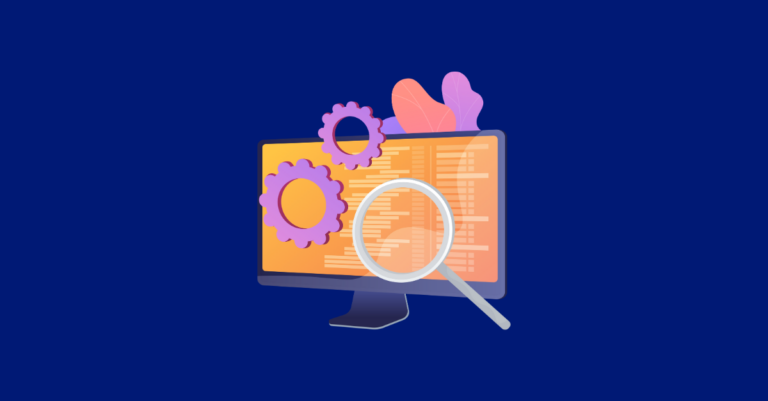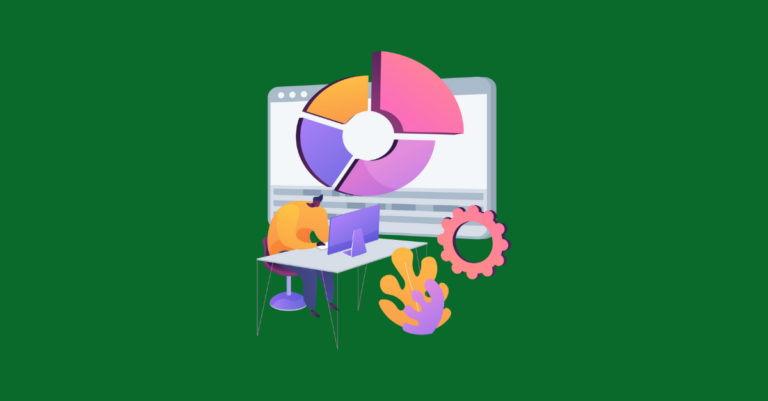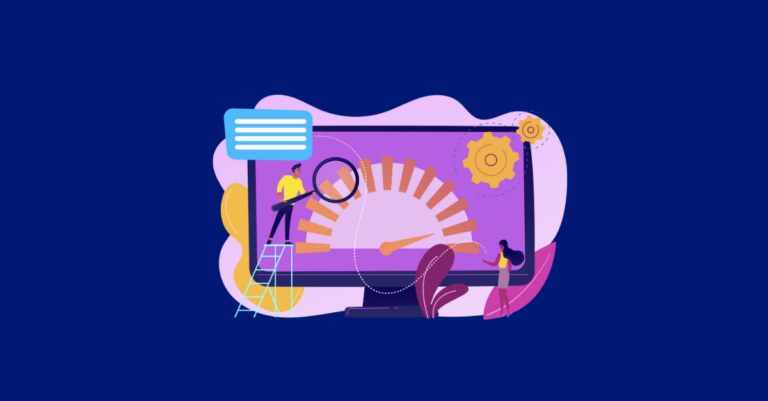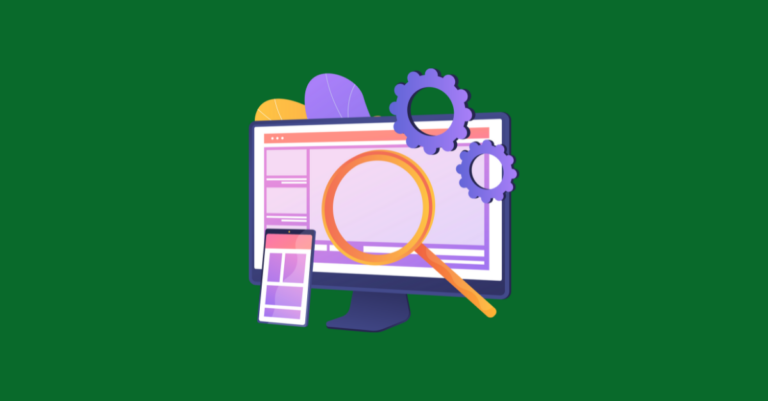Turning Again: The Unfortunate Future of Organic Clicks From AI Search Results
| Google is changing the rules of SEO. We are in a fuzzy area right now, but the future of SEO is becoming more apparent. Are you positioned for success in an AI-driven, conversational results world? If not, Greenlane can help. Contact us today. |
Google’s AI Overviews (formally called SGE) are fundamentally changing search behavior, and SEOs have been paying close attention. It’s the top topic at the SEO dinner table. Some websites are genuinely suffering, such as Daniel Foley Carter’s example on LinkedIn.
SEOs are witnessing yet another wave of Google diverting clicks away from websites while levering a website’s own copy against it. It feels cruel and unusual, yet this is not the first time Google has done this. (Does anyone remember Answer Boxes?)
The top of the search results that feature AI Overviews increasingly capture user attention before they even reach the blue links. Why click through to a website when Google serves up the answer at the top of the results page?
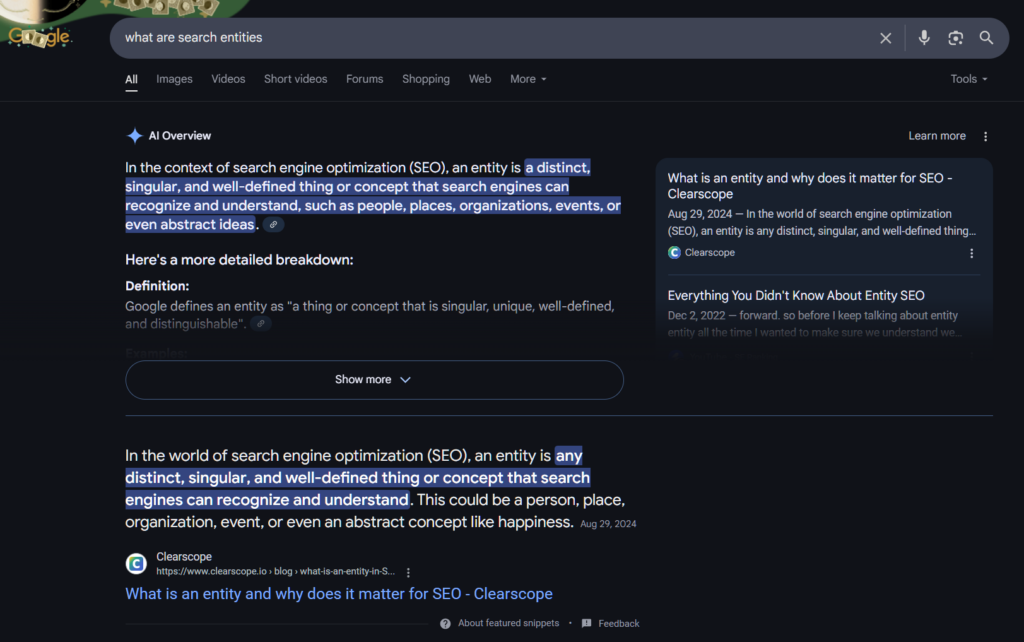
While I don’t predict the blue links will entirely disappear, there will be less need for them depending on the query, especially with the coming of AI Mode (more on that later).
The SEO industry is starting to review studies and SEO analyses, which indicate that fewer users engage with the traditional blue links when Google shows an AI-generated summary at the top of results.
Let’s look at two recent studies.
Declining Organic Traffic & Click-Through Rates
- In one study of ~10,000 informational queries, overall organic CTR fell from 1.41% to 0.64% (year-over-year) on queries with AIOs (seerinteractive.com)
- Another analysis by Mark Williams-Cook found that when AI overviews appear, organic CTR drops by over 70% (from ~2.94% down to 0.84%) (linkedin.com).
In practice, many SEOs report double-digit percentage traffic declines since Google rolled out AI Overviews. Google’s zero-click searches were already near 60% in 2024, and adding AI summaries is pushing that even higher by answering queries directly on the SERP.
It’s not just organic results – paid ads’ CTR is dipping when AI answers are shown. In the Seer study, Google Ads CTR hit 12-month lows alongside organic. Notably, Google has begun integrating ads within or around the AI snapshots, which could influence future CTR metrics.
However, there’s a silver lining. Interestingly, you might recoup some clicks if your site is featured as a source in the AI overview. Data shows that when a website was cited in the AIO, its organic CTR rose from ~0.74% to 1.02% for those queries (seerinteractive.com). In other words, appearing in the AI summary can roughly double that site’s click rate. Google has even claimed that sources featured in AI overviews see higher CTR and early data support a slight boost, but it still has a much smaller share of clicks than before the AI box existed.
Industries & Content Types Most Affected
Different industries are not feeling the impact equally. Google’s AI overviews tend to appear far more for certain query types, which means traffic shifts vary by sector.
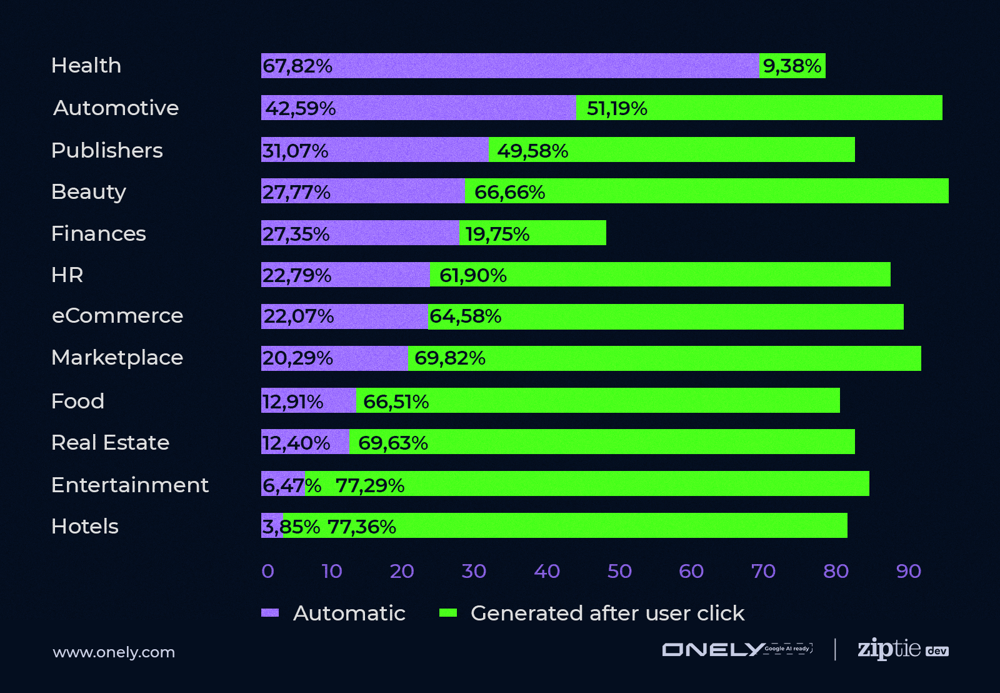
Verticals like Health, Beauty, and Publishers see AI answers frequently, whereas areas like Hotels and Entertainment see AI less often. This indicates sectors that answer factual questions (health, how-to, etc.) are more heavily impacted by AIOs.
Online publishers that rely on informational content are seeing some of the most significant traffic drops. According to an article titled “Google’s AI Overview Causes Publisher Traffic Decline & Estimated $2B Ad Revenue Loss”, Google’s AI Overviews have led to a decline of up to 60% in organic search traffic for publishers (swipe-insight.app).
In one dramatic case, HubSpot’s extensive marketing blog content lost around 80% of its organic traffic within a year – a plunge attributed to Google updates and users getting answers elsewhere (including AI results).
Generally, top-of-funnel educational content is the hardest hit, as users can get quick answers from the AI summary without visiting publisher sites.
Health and Finance: Surprisingly, health and finance queries – despite being “Your Money or Your Life” topics – do trigger a lot of AI overviews.
Research found health queries are most likely to show an auto-generated AI answer roughly 68% of the time. Health publishers (e.g., medical information sites) risk traffic drops as Google’s AI tries to answer patient questions directly.
Finance queries show AI a bit less (Google has been cautious, with ~47% coverage in one study). However, as the technology improves, even sensitive industries see AI answers appear more often.
E-commerce & Product Searches: E-commerce businesses are not immune – AI summaries increasingly accompany product and brand searches.
One study of 2,900 popular brand queries across 15 verticals found Google’s AIOs were triggered on 91.4% of all searches (including many product terms). This is a big concern for retailers: the AI might answer a query about a product (sourcing info from third-party sites or reviews) and push the brand’s site further down.
62% of links in AI answers came from sources outside the top 10 organic results, meaning the AI often surfaces content that wasn’t even ranking on page 1. The result is that e-commerce sites and brands could lose clicks even on searches for their products. (On the bright side, transactional queries often still require a click to purchase, and Google is testing showing shopping ads below the AI snapshot, which may drive some traffic back to merchants.)
Local Services: Service businesses (like local providers or B2B services) feel an indirect impact. Local “near me” queries currently tend to show map packs rather than AI, so pure local searches haven’t been heavily replaced by AIOs yet.
However, service companies often rely on informational content for marketing (e.g., a law firm’s blog about “What to do after an accident”). Those kinds of queries are being answered by AI, which means fewer visitors reading the business’s advice.
In sectors like travel and hospitality, Google has kept AI snapshots mostly optional – e.g., only ~4–6% of hotel queries showed an automatic AI overview – so the immediate traffic impact there has been smaller.
In summary, any industry providing informational content as part of its SEO strategy sees the biggest organic traffic dents first. In contrast, purely transactional or navigational queries are less affected (for now).
Could It Get Worse?
Yes. In my opinion, AIOs are just the beginning of a broader shift in how Google presents search results. Google’s new AI Mode is coming—and you can watch my quick demo here: LinkedIn.
AI Mode, much like ChatGPT Search, uses AIOs as the centerpiece of the entire search experience. That’s concerning. The copy appears to be generated in the typical probabilistic way of any LLM, then retroactively cited with a list of supporting links—sometimes hallucinated. We’re already seeing Google link to pages that don’t exist.
It feels like the process is backward. Instead of rankings driving the content, the AI writes the copy first (based on LLM training data) and then scrambles to attach links to it. I do think Google will eventually integrate its ranking systems more intelligently—because it has to to survive. Their market share has been dropping.
Right now, these AI products from Google are essentially MVPs (Minimum Viable Products), a term created by Eric Ries in The Lean Startup. Google isn’t exactly a lean company, but it’s clearly reacting—trying to keep pace with other LLM providers. Honestly, it’s the first time in my career that I’ve seen Google lag behind in search innovation.
What Does This Mean For SEO Going Forward?
SEO is changing again, and the KPIs we used to cling to also need to change.
SEO traffic is often considered a first-click attribution source in analytics. We do our job if our clients and bosses see clear signs of organic clicks in their analytics reports.
However, even if the impact of our work no longer appears directly in these reports, we will still be doing our job. Our SEO influence will still matter for search engine visibility.
But there will be a blind spot for our clients and bosses that we’ll have to educate them on. Even though AIOs and AI Mode are showing content that we helped get favored by Google, our SEO work is still essential digital marketing. We are still providing plenty of organic value. The results are just less trackable in reporting. That’s going to be a hard thing to explain to many businesses.
The way we describe SEO and reporting isn’t the only thing evolving. Google is hastily rolling out new AI products, and while the launch has been a bit buggy, I believe it will eventually smooth out. I’m confident that Google will soon return to relying on its decades of expertise and understanding of web content. I see them regaining favor and market share with their AI offerings.
In preparation for a better Google, and in terms of pivoting to different strategies, what are the options? I think the answer lies in what Google is probably thinking about for the future of its AI products. These products are flawed now, but for Google to remain prominent, they’re going to need to rely on what they really know better than anyone else. That is, how to organize and prioritize the web’s best content.
Here are some approaches I believe will help you build a proper foundation for reclaiming visibility and traffic in the era of AI Overviews and AI Mode:
Optimize Content to Be Featured in AI Overviews
Winning a place in the AI summary is becoming the new page-one position. To do this, ensure your content directly answers users’ core questions. Use detailed definitions, step-by-step lists, and clear headings – Google often pulls these into the AI snippet.
Be robust. Study the client’s ontology domain and ensure you use all the key concepts, entities, relationships, and terminology relevant to their specific business or industry. Data across the industry shows that long-form copy tends to perform better and is shown more frequently. I suspect search entities will play a big role in AI results (if they are not already).
Use schema to help the LLMs know what type of copy you’re presenting. It’s recently been revealed that Copilot is at least benefiting from schema. Others may do, too.
Include unique images or infographics summarizing information (AIOs sometimes show images in the overview). Also, consider adding short videos (e.g., a YouTube explainer) for relevant queries, as these, too, can be cited.
The goal is to structure your page so AI finds it easy to digest and quote. We’re writing for humans, algorithms, and LLMs now.
Focus on Authoritativeness (E-E-A-T)
Expertise and trust are more critical than ever for ranking blue links, so I think they’ll be important for AI results in the long run. Studies suggest Google’s AI is more likely to cite sources that it deems authoritative and trustworthy.
Bolster your site’s E-E-A-T by showcasing expert authors (with bios), citing sources within your content, and getting mentions/backlinks from reputable sites. I predict these traditional SEO actions will eventually reach AIO rankings. If Google likes them for the blue links, they’ll eventually work SEO models into their AI answers.
Considering that traditional SEO will eventually play a more significant role in AI answers (my prediction), if the AI sees your site as a trusted authority on a topic, it’s more inclined to use your content in its answer. This also means cleaning up “thin” or low-quality pages—they won’t win a place in the new AI summaries and could drag down your site’s perceived authority. If you’ve been waiting to tighten your website’s index bloat, now may be the right time.
Target AIO-Prone vs. AIO-Free Queries Strategically
Not every search query triggers an AI overview. Identify which of your target keywords generates an AI result. For queries with an AI overview, decide if you can successfully compete (e.g., by getting cited). If yes, optimize for it.
Conversely, you might prioritize queries without an AI box in your content strategy as a long-tail play. In those cases, continue to target the blue links in SERPs.
Improve User Engagement & Unique Value
Make it count when users click through. With fewer overall clicks available, dwell time and satisfaction may matter even more. If your page immediately provides value that the AI couldn’t (e.g., interactive tools, personal experiences, in-depth analysis, or up-to-date data), you’ll earn user trust and possibly encourage sharing or linking.
Consider adding features that an AI summary can’t easily replicate—interactive calculators, quizzes, community comments, or proprietary data visualizations, for example. This not only differentiates your content (making it “link-worthy” and thus more authoritative) but also more completely addresses the user’s needs, increasing the chance they’ll seek out your site specifically next time.
By implementing the approaches above – optimizing for AI inclusion, reinforcing your site’s authority, adjusting your content targeting, and diversifying your approach – you can hopefully mitigate the impact of Google’s AI Overviews. While organic traffic patterns are undoubtedly shifting, SEO isn’t dead; it’s adapting. Sites that stay proactive and user-focused can still thrive, even as AI transforms how searchers interact with results. The key is to treat AI not just as a threat but as the new landscape of opportunity in search marketing


